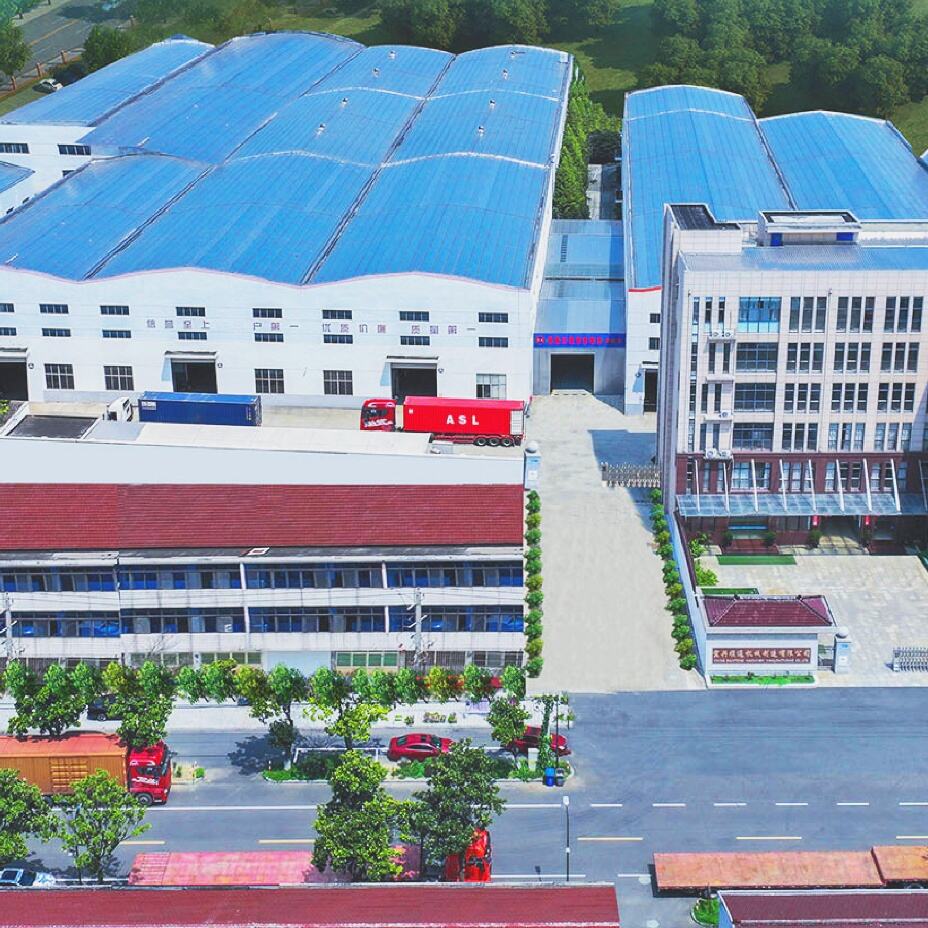Application Prospects of the Wire Drawing Machine Process: Powering Industrial Innovation and Expansion
The wire drawing machine process is poised to meet the upgraded demands of traditional pillar industries, securing steady growth prospects. As construction, automotive, and hardware sectors pursue higher product performance, optimized wire drawing processes—such as improved lubrication systems (reducing wire surface defects) and intelligent tension control (ensuring uniform diameter)—are becoming essential. In construction, advanced drawing processes produce high-tensile steel wires for pre-stressed concrete and large-span bridges, addressing the need for more durable infrastructure. For the automotive industry, refined processes enable the mass production of thin-gauge, high-strength wires for engine components and wiring harnesses, supporting the shift to lighter, more fuel-efficient vehicles. These process enhancements ensure the wire drawing machine process remains a core enabler of traditional industry development.
The wire drawing machine process is unlocking new prospects in high-tech and green energy sectors, driven by demand for specialized wires. The electric vehicle (EV) and electronics industries require ultra-fine, high-purity wires—achievable through micro-wire drawing processes that integrate real-time impurity detection and precision die design. These processes supply critical materials like copper wires for EV battery tabs and microchips, directly supporting the global tech and green transportation boom. In renewable energy, customized drawing processes produce components for solar panel frames and wind turbine cables. Additionally, eco-friendly process upgrades—such as low-waste material recycling and energy-efficient heating systems—align with global carbon reduction goals, making the wire drawing machine process a key player in the sustainable industrial transition.
The wire drawing machine process is expanding into global and niche markets, fueled by adaptability and localization. In developing regions, where infrastructure construction is accelerating, scalable, cost-effective drawing processes (e.g., continuous multi-die setups) enable local production of construction wires and low-voltage cables, reducing reliance on imported finished products. For niche sectors like aerospace and medical devices, specialized wire drawing processes—such as those for titanium alloy wires (aerospace wiring) or medical-grade stainless steel wires (surgical sutures)—meet strict standards for biocompatibility and strength. Furthermore, the integration of digital technologies (e.g., IoT-based process monitoring) allows remote optimization and predictive maintenance, making the wire drawing machine process more accessible and reliable for global clients. This combination of adaptability and tech integration opens up diverse, long-term prospects across markets.

